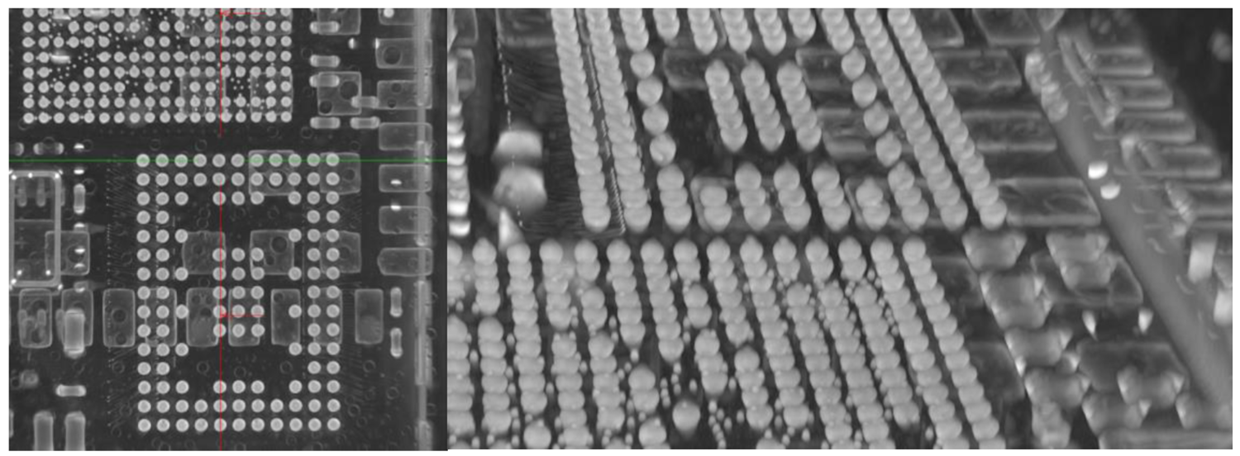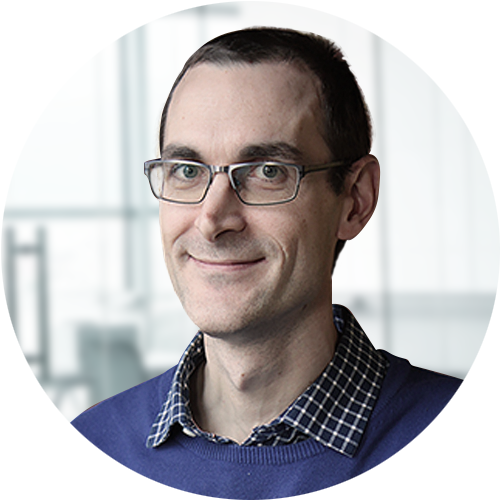Stories – Trends
Trends – How Comet is solving for what’s next
First inspection workflow for the semiconductor industry.
Out of the collaboration of the X-Ray Systems team in Hamburg and the recently acquired software developer Object Research Systems (ORS) in Montreal has come a potentially game-changing new offering: VoidInspect, the first x-ray inspection workflow for the semiconductor and electronics market, was developed in 2021 and successfully completed its first customer deployment.
“Last year, we expressed our excitement about the possibility of further leveraging x-ray data to improve our customers’ manufacturing processes,” says Peter Koch, Product Manager, semiconductor/electronics market expert and VoidInspect project lead. “Together with our colleagues in Montreal, we truly brought our vision to life."






